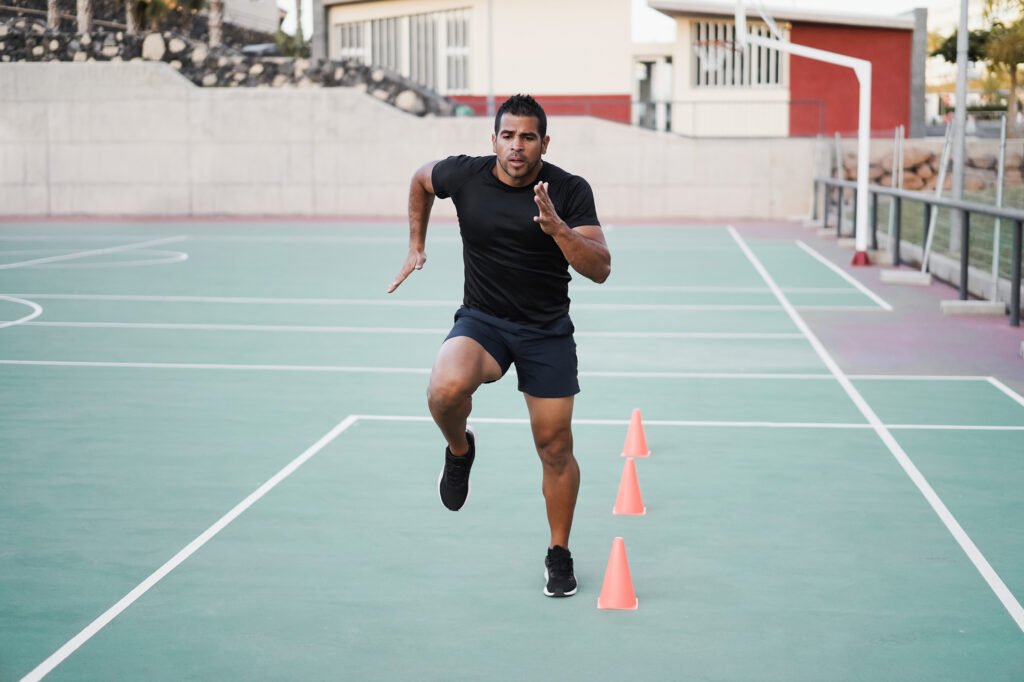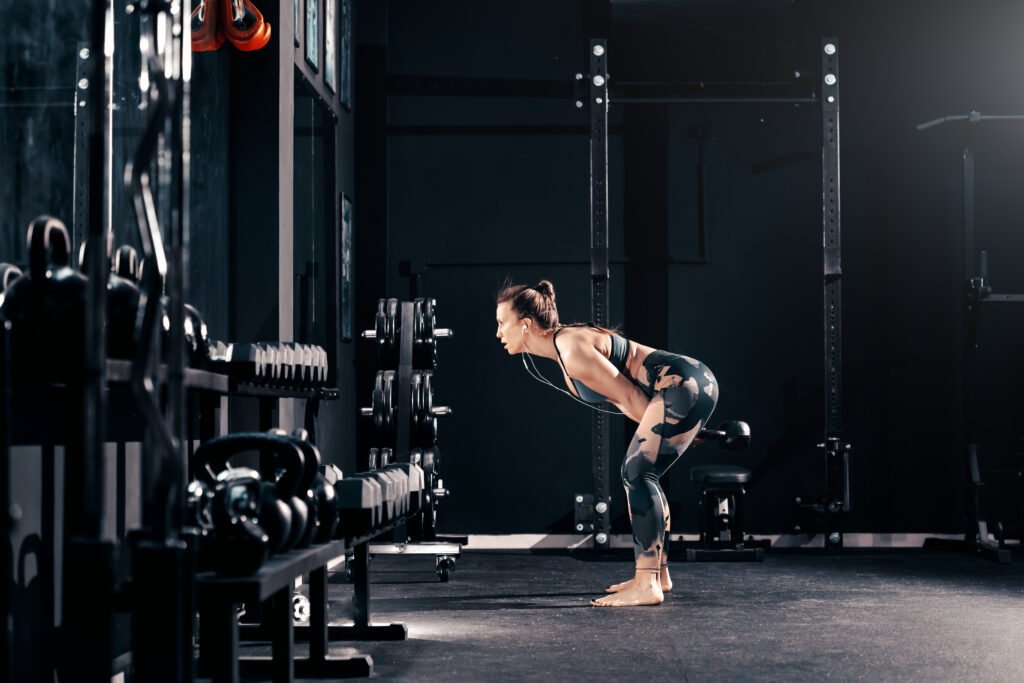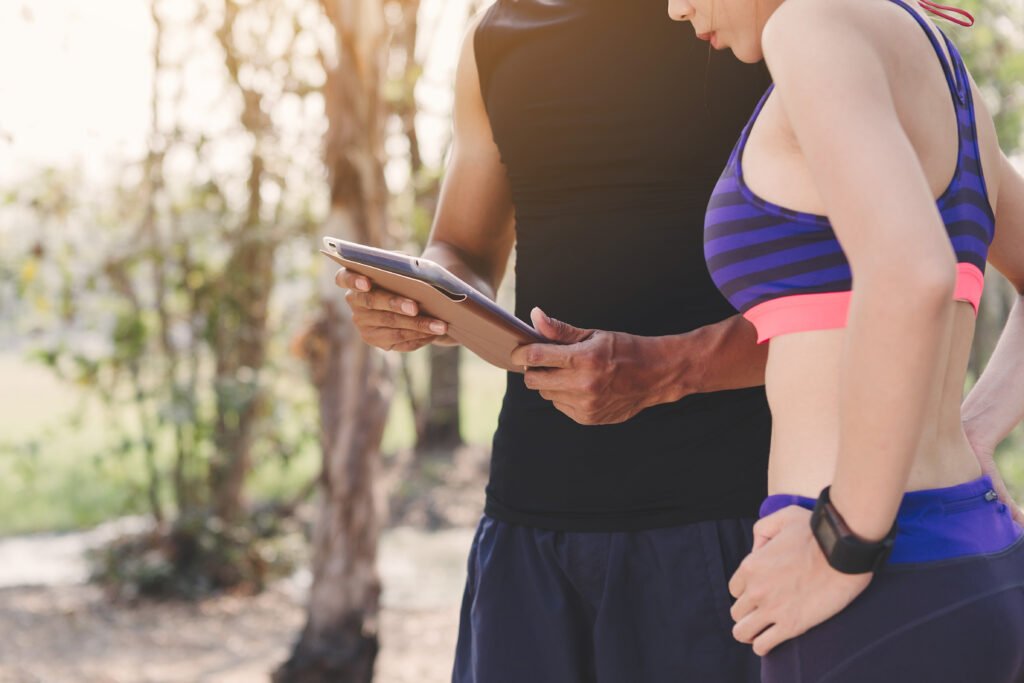Biomotor Abilities and Running Economy

The Foundations of Efficient Running: Biomotor Abilities and Running Economy
Introduction
In our second installment of The GreenMoor Method series, we delve into two fundamental concepts that are at the heart of efficient running: the Biomotor abilities of a runner and the importance of Running Economy. Understanding these concepts is crucial for any runner looking to improve performance and enjoy running as a sustainable, lifelong pursuit.
Understanding Your Biomotor: The Engine Behind Your Running
The term “Biomotor” might sound technical, but it simply refers to the combination of your muscles and your nervous system – the engine and wiring of your running body. Every time you run, your nervous system sends signals to your muscles, initiating a complex series of actions that result in movement. Improving your Biomotor abilities means enhancing this communication and the resulting muscle actions for better running performance.
Key Components of Biomotor Abilities:
- Muscle Strength and Endurance: The ability of your muscles to exert force and sustain it over the duration of your run.
- Neuromuscular Coordination: How well your nervous system and muscles work together to create efficient movement patterns.
- Flexibility: The range of motion in your joints, contributing to stride length and efficiency.
- Balance and Stability: Essential for maintaining form, especially during long runs or when fatigued.
Improving these components leads to not just faster running, but also to a more enjoyable and injury-free running experience.
Running Economy: The Measure of Running Efficiency
Running Economy (RE) is a term used to describe how efficiently a runner uses energy. In simpler terms, it’s the amount of oxygen you consume at a given pace. A runner with a better RE will use less energy and therefore less oxygen at the same pace as a runner with a poorer RE. This efficiency is crucial, especially for long-distance running, where energy conservation is key.
Factors Influencing Running Economy:
- Biomechanics: Your running form, including how your foot strikes the ground and your posture.
- Metabolic Efficiency: How effectively your body uses energy sources, like fats and carbohydrates.
- Muscular Efficiency: How effectively your muscles convert chemical energy into mechanical work.
Improving your RE can be achieved through specific training that focuses on these factors. This not only makes you faster but also enhances your ability to run longer distances with less fatigue.
Applying Biomotor and Running Economy to Your Training
- Targeted Exercises: Incorporate strength training, plyometrics, and flexibility routines to improve muscle strength, coordination, and range of motion.
- Form Drills: Practice drills that focus on improving your running form, such as high knees, butt kicks, and stride outs.
- Pacing Strategies: Learn to pace your runs to improve metabolic efficiency, alternating between easy runs and tempo workouts.
By understanding and working on your Biomotor abilities and Running Economy, you are setting the stage for significant improvements in your running. Not only will you run faster and longer, but you’ll also run smarter, reducing the risk of injuries and enhancing your overall enjoyment of the sport.
Stay tuned for our next post, where we’ll explore how to build endurance effectively, a key component of The GreenMoor Method. Happy running!





Responses